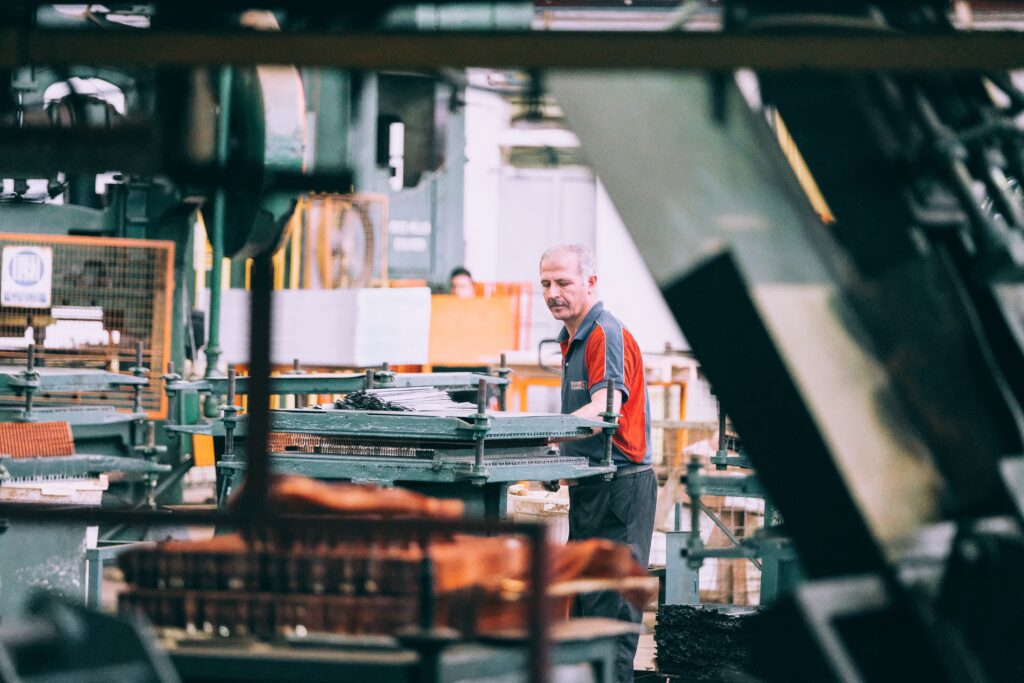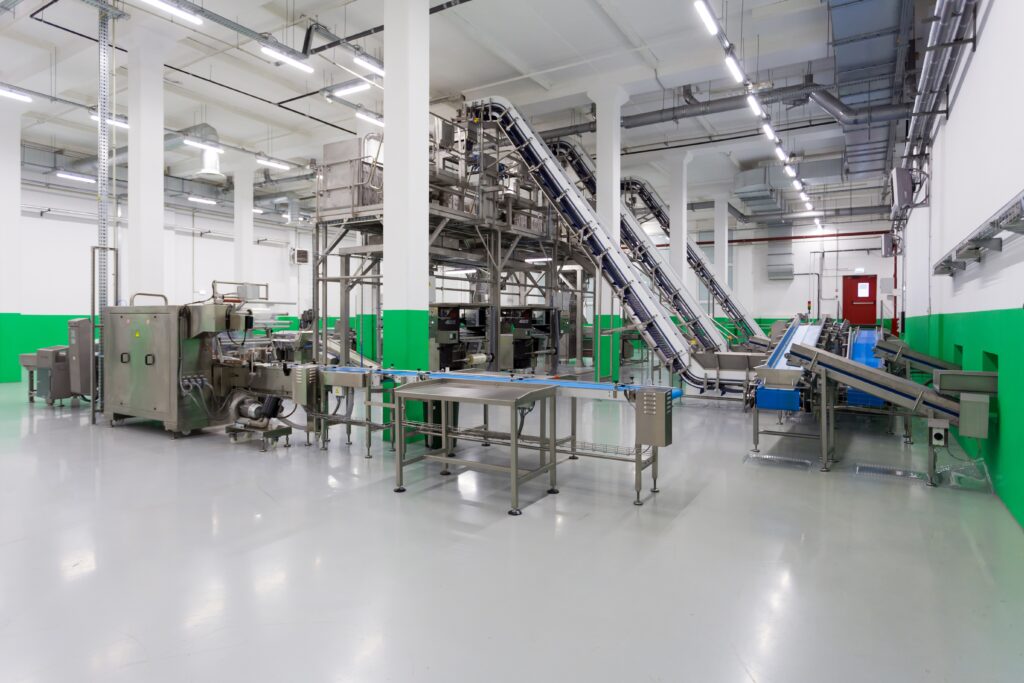
In the intricate dance of factory management, devising a budget-friendly factory maintenance schedule that is both cost-effective and performance-boosting is an art. This guide delves into the nuances of crafting such a plan, providing insights and strategies to optimize your factory’s operational efficiency without draining your budget.
Contents
Assessing Equipment Lifecycle
The first step on the path to a budget-friendly maintenance schedule is understanding the lifespan of your factory equipment. Undertake a comprehensive evaluation, taking into account the manufacturer’s specifications, historical performance, and industry benchmarks. By developing a keen awareness of the natural lifecycle of each piece of machinery, you can orchestrate a maintenance schedule that aligns seamlessly with their anticipated longevity.
Beyond mere theoretical projections, real-world observations play a crucial role. Regularly monitor the wear and tear of equipment to fine-tune your maintenance schedule. This proactive approach allows you to identify and address potential issues before they escalate, reducing the frequency of costly repairs and replacements.
Prioritizing Critical Assets
Not all machines are created equal, and recognizing the hierarchy of critical assets is imperative in crafting a budget-friendly maintenance schedule. Start by identifying the key players in your factory’s symphony — those machines that, if they were to falter, would disrupt the entire production process.
This prioritization serves as the backbone of your maintenance strategy. Direct more attention and resources to the maintenance of critical assets, ensuring they receive timely inspections, lubrication, and calibration. This strategic allocation not only minimizes the risk of unexpected breakdowns but also optimizes the utilization of resources, keeping your budget intact.
The same goes for other assets that are crucial to the smooth functioning of your factory. For instance, if you are running a warehouse, pallet racking systems are critical to storing and organizing your inventory. In such cases, it is essential to have a reliable partner to ensure your storage solutions are well-maintained and can withstand the heavy load of your stock. Be sure to explore their services and see if they provide fabrication services as well. This can be a cost-effective option, as it allows you to address any repair needs with your pallet racking without having to replace the entire system.
Implementing Preventive Maintenance Techniques
While reacting to issues as they arise might seem like the most straightforward approach, the adage “prevention is better than cure” rings especially true in factory maintenance. Proactive planning, known as preventive maintenance, involves scheduling routine tasks such as lubrication, adjustments, and inspections before issues manifest.
The dividends of preventive maintenance are manifold. Regularly servicing equipment not only forestalls potential problems but also extends the overall lifespan of the machinery. This approach, although requiring consistent effort, proves to be a cost-effective measure in the long run, reducing the need for expensive emergency repairs and curbing downtime.
Utilizing Predictive Maintenance Technology
In the age of digital transformation, predictive maintenance technologies emerge as powerful allies in the quest for a budget-friendly schedule. These systems leverage data analytics, machine learning, and sensors to monitor the health of equipment in real-time. By scrutinizing subtle changes in performance, they can predict when maintenance is required, allowing for proactive interventions.
Investing in such technology may incur initial costs, but the long-term benefits often outweigh the upfront expenses. Predictive maintenance not only minimizes downtime but also reduces the overall maintenance costs by addressing issues at their inception. It transforms your maintenance schedule from a reactive endeavor into a proactive strategy, aligning seamlessly with the goal of fiscal prudence.
Training and Empowering Maintenance Staff
In the intricate tapestry of factory operations, the role of maintenance staff cannot be overstated. Investing in their training and empowerment is not merely an expense but a strategic investment. Well-trained personnel possess the acumen to identify potential issues early, execute routine tasks with precision, and even contribute valuable insights for process improvement.
An empowered maintenance team goes beyond the routine and takes ownership of their work. This sense of responsibility fosters a culture of diligence and excellence, where each team member understands their role in maintaining the efficiency of the factory. This, in turn, contributes to the overall success of your maintenance plan, creating a symbiotic relationship between skilled personnel and a budget-friendly schedule.
Embracing Energy-Efficient Practices
In the pursuit of a budget-friendly maintenance schedule, efficiency is not confined to the realm of machinery alone. Energy-efficient practices play a pivotal role in reducing operational costs and environmental impact. Regularly assessing and optimizing the energy consumption of your factory’s equipment can yield substantial savings.
Consider upgrading to energy-efficient technologies that not only align with sustainability goals but also contribute to long-term financial benefits. Reduced energy consumption not only slashes utility bills but also frees up resources for other maintenance needs. This dual advantage positions energy efficiency as a cornerstone in the quest for a budget-friendly maintenance schedule.
Regularly Reviewing and Adjusting the Schedule
A budget-friendly maintenance schedule is not a static document etched in stone; it’s a dynamic plan that necessitates periodic review and adjustment. Establish a feedback loop within your maintenance strategy, incorporating regular evaluations to ensure its effectiveness in the ever-evolving landscape of factory operations.
Factors such as equipment performance, industry changes, and budget constraints should all be considered during these reviews. Flexibility becomes the bedrock of your maintenance plan, allowing you to adapt to new circumstances, incorporate technological advancements, and reallocate resources judiciously. This continuous improvement cycle ensures that your maintenance schedule remains a relevant and potent tool in the sustained efficiency of your factory.

Creating a budget-friendly factory maintenance schedule is a nuanced undertaking that demands strategic planning, technological integration, and a proactive mindset. By understanding the lifecycle of your equipment, prioritizing critical assets, implementing preventive and predictive maintenance techniques, investing in staff training, embracing energy-efficient practices, and regularly reviewing your schedule, you can strike a harmonious balance between optimal performance and cost-effectiveness. Remember, a well-maintained factory isn’t just a financial boon; it’s an investment in the longevity and sustainability of your operations.




